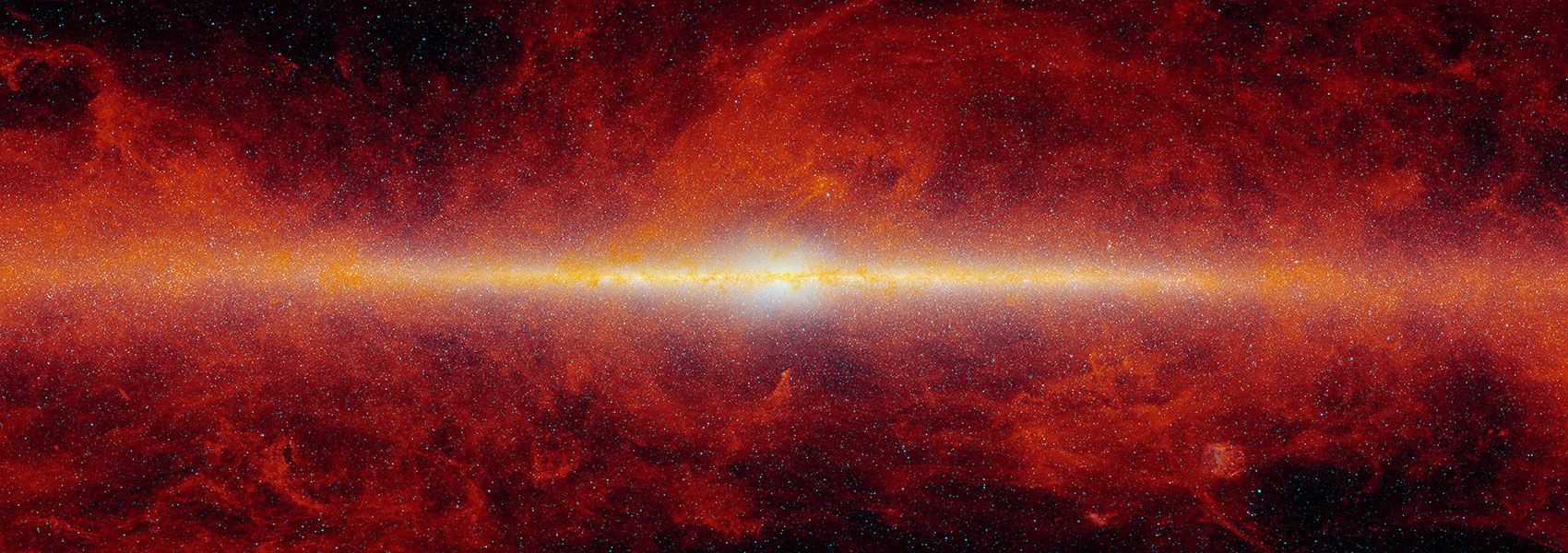November
2015
•
2015ApJ...814...54A
Authors
•
Adams, J. D.
•
Herter, T. L.
•
Hora, J. L.
•
Schneider, N.
•
Lau, R. M.
•
Staguhn, J. G.
•
Simon, R.
•
Smith, N.
•
Gehrz, R. D.
•
Allen, L. E.
•
Bontemps, S.
•
Carey, S. J.
•
Fazio, G. G.
•
Gutermuth, R. A.
•
Guzman Fernandez, A.
•
Hankins, M.
•
Hill, T.
•
Keto, E.
•
Koenig, X. P.
•
Kraemer, K. E.
•
Megeath, S. T.
•
Mizuno, D. R.
•
Motte, F.
•
Myers, P. C.
•
Smith, H. A.
Abstract
•
We present mid-IR (19-37 μm) imaging observations of S106 from SOFIA/FORCAST, complemented with IR observations from Spitzer/IRAC (3.6-8.0 μm), IRTF/MIRLIN (11.3 and 12.5 μm), and Herschel/PACS (70 and 160 μm). We use these observations, observations in the literature, and radiation transfer modeling to study the heating and composition of the warm (∼100 K) dust in the region. The dust is heated radiatively by the source S106 IR, with little contributions from grain-electron collisions and Lyα radiation. The dust luminosity is ≳(9.02 ± 1.01) × 104 L⊙, consistent with heating by a mid- to late-type O star. We find a temperature gradient (∼75-107 K) in the lobes, which is consistent with a dusty equatorial geometry around S106 IR. Furthermore, the SOFIA observations resolve several cool (∼65-70 K) lanes and pockets of warmer (∼75-90 K) dust in the ionization shadow, indicating that the environment is fragmented. We model the dust mass as a composition of amorphous silicates, amorphous carbon, big grains, very small grains, and polycyclic aromatic hydrocarbons. We present the relative abundances of each grain component for several locations in S106.
Links



